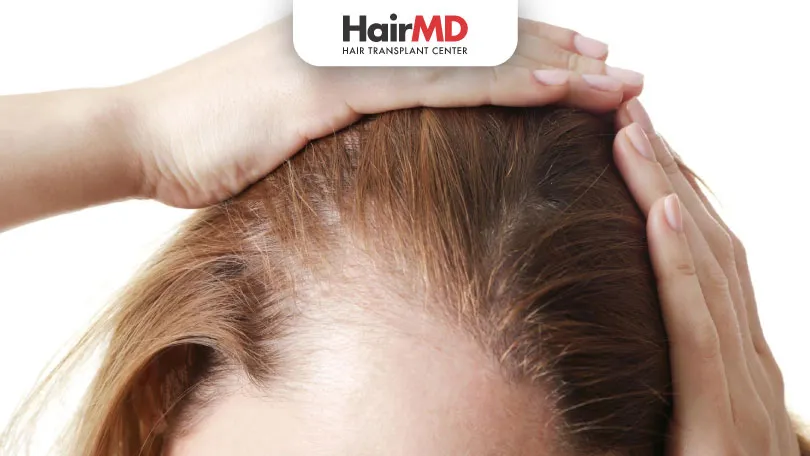8th April, 2024
Female pattern baldness is also one of the major issues for females. If you are also having female pattern hair loss you are on the right website. Today we will know all about female baldness and learn how we can take care of our hair loss problem.

I’m Dr. Dhananjay Chavan dermatologist will give you a complete insight. In today’s generation, we can see female pattern hair loss in the ’20s also.
Table Of Content
- What is Female Pattern Baldness?
- Early Signs of Female Baldness
- Female Pattern Hair Loss in 20s
- Causes of Female Hair Loss
- Treatments for Female Hair Loss
- Is Female Pattern Hair Loss Reversible?
- Conclusion
What is Female Pattern Baldness?
Early Signs of Female Baldness
Female Pattern Hair Loss in 20s
Causes of Female Hair Loss
Treatments for Female Hair Loss
Is Female Pattern Hair Loss Reversible?
Conclusion
Popular Q&As
Prevent Baldness in Men
Effective ways to prevent baldness in men, including medications and lifestyle changes to reduce hair loss are recommended by HairMD Pune.
Does Minoxidil Work on the Hairline or Frontal Baldness?
Does Minoxidil work for a receding hairline or frontal baldness? Know about the efficacy of minoxidil on frontal baldness at a HairMD clinic.
Understanding Frontal Baldness
Hair loss in the frontal portion of the scalp is called frontal baldness. Find out the causes and treatments for frontal balding?
We Got Your Back! Ask Us Anything On Your Mind!
Reach out to us on


